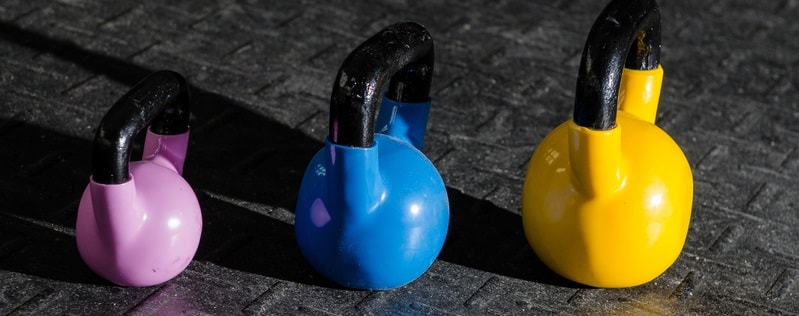October 12, 2012
By Brett Cohen
Personal Trainer and Running Coach
 The kids are back in school. It’s time to get back to you and head back to the gym.The gym can be an overwhelming place and the terms used in a gym can be like learning a foreign language. Part one of this article the focus was mainly on terminology related to resistance training and some of the equipment used to for that purpose. Part 2 will focus on terms related to conditioning. Having an understanding of some basic fitness terms can help you make sense of your workout.
The kids are back in school. It’s time to get back to you and head back to the gym.The gym can be an overwhelming place and the terms used in a gym can be like learning a foreign language. Part one of this article the focus was mainly on terminology related to resistance training and some of the equipment used to for that purpose. Part 2 will focus on terms related to conditioning. Having an understanding of some basic fitness terms can help you make sense of your workout.
* Cardiovascular exercise: Cardiovascular exercise (cardio for short), refers to any exercise in which your heart and lungs are involved.
* Aerobic exercise: The word aerobic, on the other hand, denotes a state or intensity at which you do cardio. All aerobic exercise is cardio, but not all cardio is aerobic. Aerobic literally means “living in air” and refers to the use of oxygen to adequately meet energy demands during exercise via aerobic metabolism. In layman’s terms aerobic exercise is done at a relatively lowmoderate level of intensity. They get you breathing deeply but don’t get you out of breath; it is steady state or non-stop; and they use the biggest muscles in the body (e.g. buttocks, legs, back). Examples: Running, cycling, rowing.
* Anaerobic exercise: Anaerobic exercise is intense enough to trigger an energy system that leads to greater performance is short duration, high-intensity activities, which can last for a few seconds up to about 2 minutes. NOTE: Most, if not all, team sports have a high anaerobic component which puts stress on different energy systems than aerobic exercise does. Therefore adaptation of the muscles to aerobic training is in direct opposition to the primary needs of most athletes.
* Interval Training: Interval training is nothing more than a method of exercise that uses alternating periods of work and rest. The longer the work interval the shorter the rest period is as a percentage of that interval. Studies show that interval training develops aerobic capacity better than aerobic training.
* High Intensity Interval Training: (a.k.a HIIT) Intensity means you are working hard! High Intensity mean you are working even harder, so the intervals are relatively short here. Usually 60 seconds or less. Interval training stresses not only the energy system, but also the muscular system. HIITInterval training is hard. HIIT training is uncomfortable. But that’s what it takes to make changes in the body. Getting out of your comfort zone and into the unknown. It pushes your heart and lunges to work harder than they’re used to, and it delivers faster results than if you were to continue to move at a continuous pace as in aerobic training.
* Tabata training: Dr. Tabata used a unique protocol of twenty seconds work to ten seconds rest, done in seven or eight bouts. This was basically a series of twenty second intervals performed during a four minute span. A true Tabata is very difficult to do because it requires a certain level of fitness to even attempt it; since it requires an all-out effort. Working as hard as you can for the entire interval period. If you are able to perform Tabata’s the results show the 20/10 protocol improved the VO2 max and the anaerobic capabilities more and than a steady state program.
* That’s enough for now.. More to learn in part 3.
Brett Cohen is the founder of Integrated Training Systems a fitness & wellness company located in New York City. He holds a Bachelor Degree in Education, is a C.H.E.K Institute Exercise Coach, Holistic Lifestyle Coach, and Golf Performance Specialist, as well as National Academy of Sports Medicine Personal Trainer, and Titlelist Performance Institute Golf Fitness Instructor.












